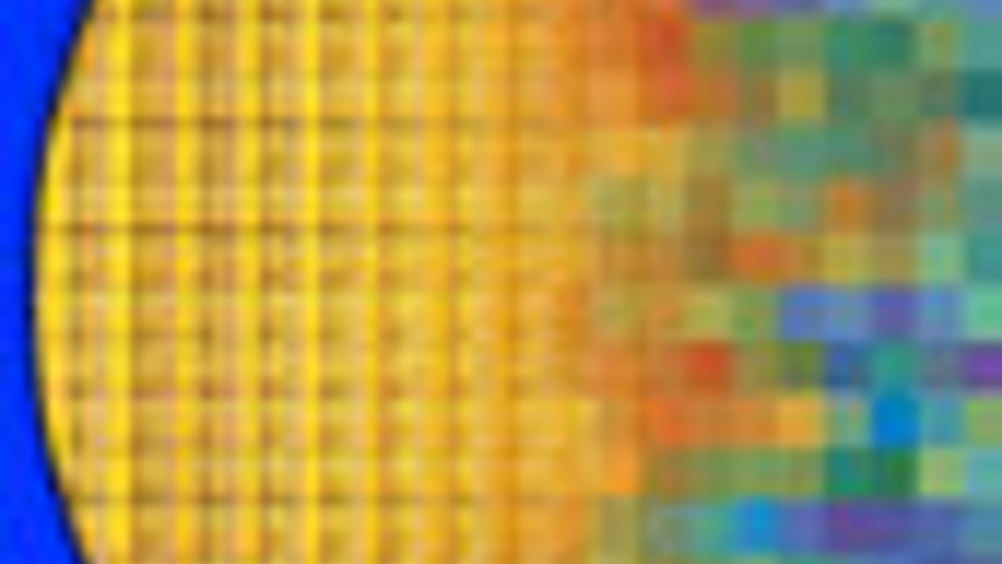Ups and downs
Worldwide microchip sales of $18.3 billion in January were 0.5% below December sales of $18.4 billion but 17.5% higher than January of 2004 sales of $15.6 billion.

Worldwide microchip sales of $18.3 billion in January were 0.5% below December sales of $18.4 billion but 17.5% higher than January of 2004 sales of $15.6 billion, the Semiconductor Industry Association (SIA) reported yesterday. SIA pointed that January is usually a weak month for microchip sales following the typically strong holiday season.
“The modest sequential sales decline of one-half of one percent in January is an encouraging sign,” said SIA President George Scalise. “January is historically one of the weakest months of the year for the microchip industry. We are encouraged by recent signs of strength in the overall
Dan Hutcheson of VLSI Research has noted that when GDP grows by more than 3%, semiconductor sales have shown healthy growth except when there are excesses of inventory or production capacity. At the present time, neither production capacity nor inventory excess is a problem.
Register now to continue reading
Thanks for visiting The Engineer. You’ve now reached your monthly limit of news stories. Register for free to unlock unlimited access to all of our news coverage, as well as premium content including opinion, in-depth features and special reports.
Benefits of registering
-
In-depth insights and coverage of key emerging trends
-
Unrestricted access to special reports throughout the year
-
Daily technology news delivered straight to your inbox










Water Sector Talent Exodus Could Cripple The Sector
Maybe if things are essential for the running of a country and we want to pay a fair price we should be running these utilities on a not for profit...